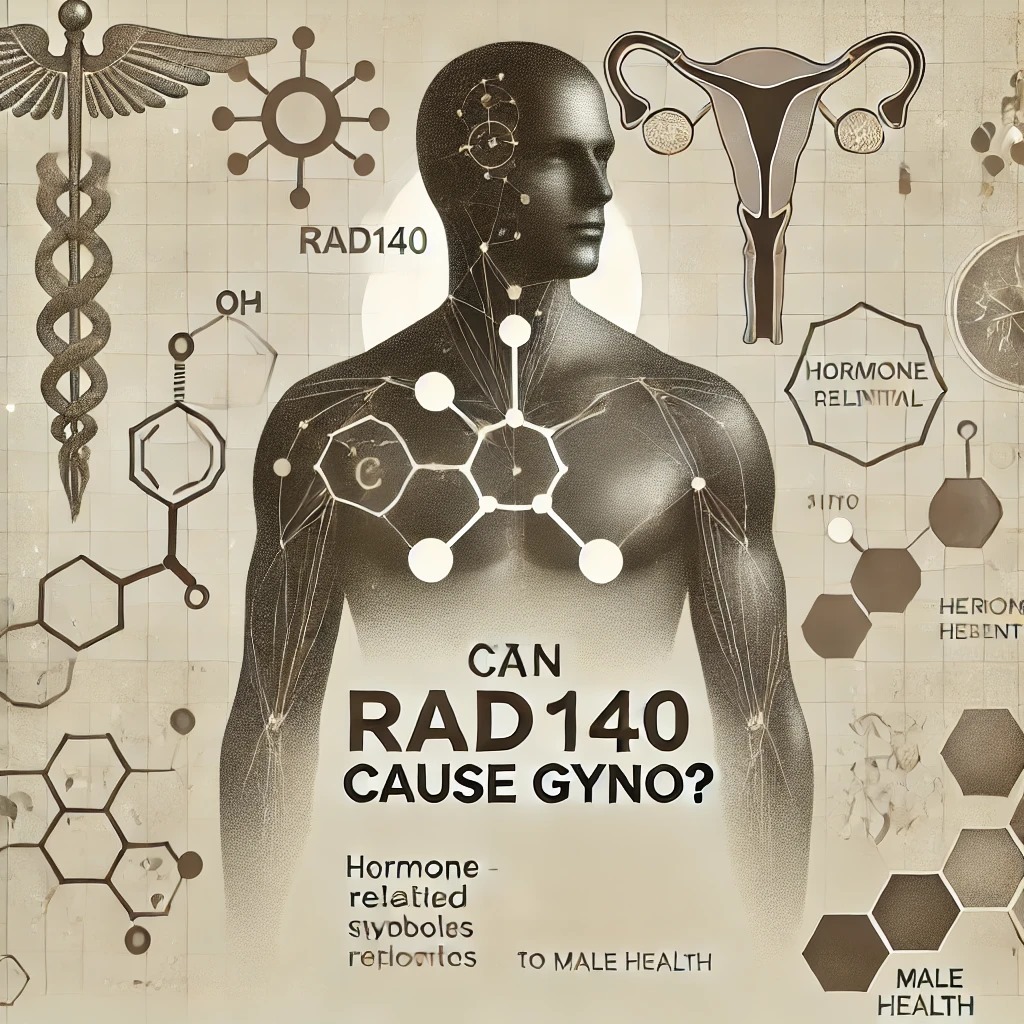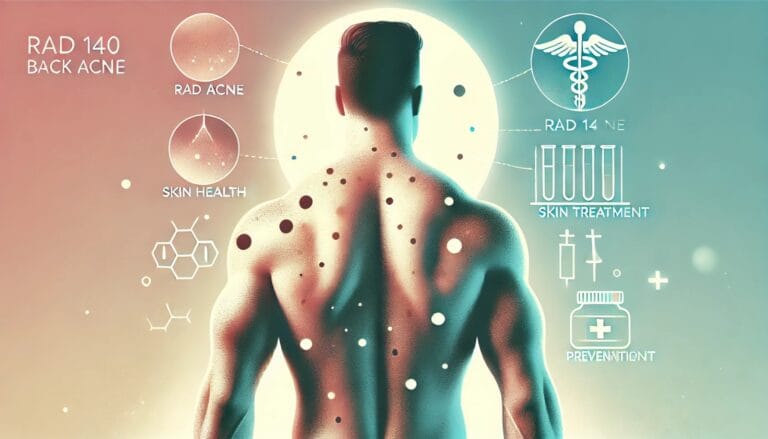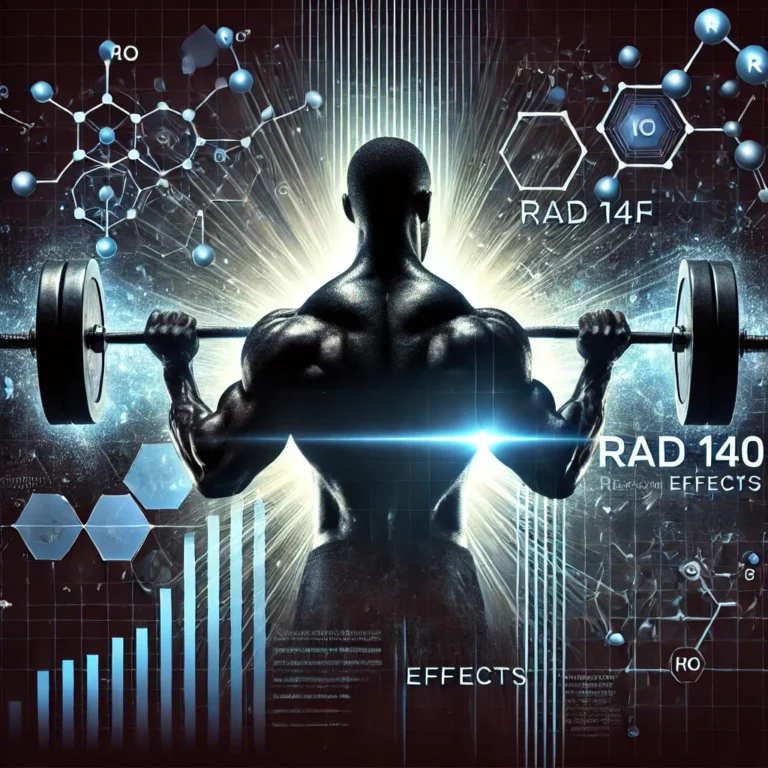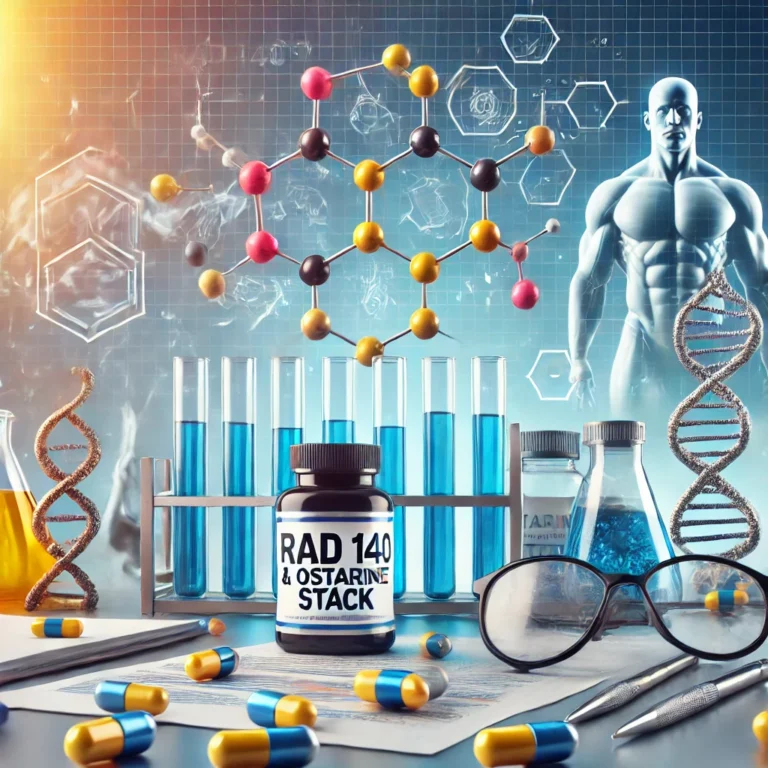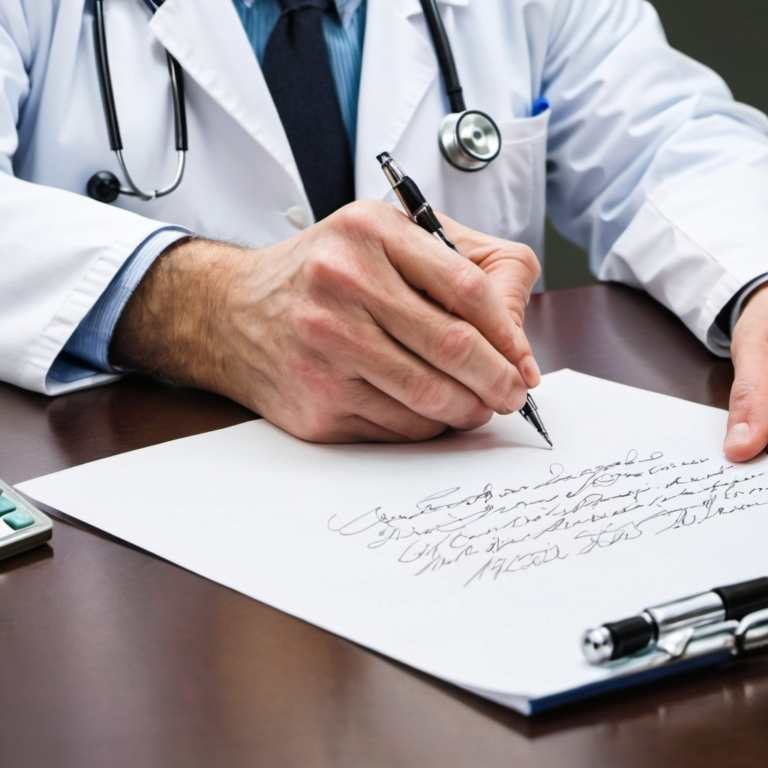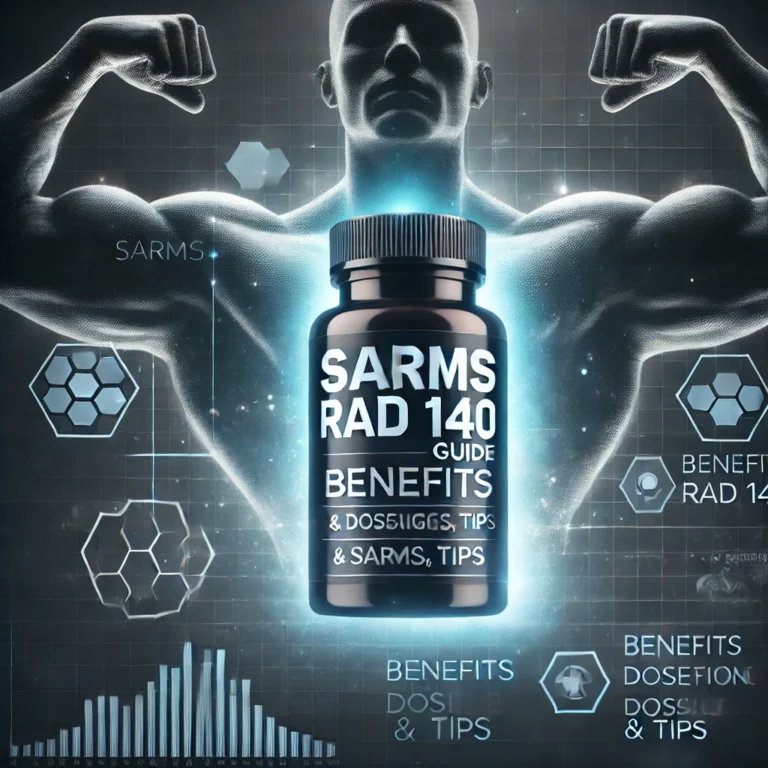Can RAD140 Cause Gyno?
We dive into the potential risks and necessary precautions for RAD140, specifically exploring whether it can lead to gynecomastia (gyno).
Introduction
RAD140, also known as Testolone, has gained attention in fitness communities for its reported ability to help with fat loss and increase endurance. However, concerns have arisen around one question: can RAD140 cause gyno? Gynecomastia, or the abnormal growth of male breast tissue due to hormonal imbalance, is a real concern for many users. Here, we’ll explore the possible link between RAD140 and gyno and discuss preventative steps.
What is RAD140?
RAD140, commonly called Testolone, belongs to a class of compounds known as SARMs (Selective Androgen Receptor Modulators). These compounds are designed to target androgen receptors specifically in muscle and bone, encouraging muscle growth without affecting other tissues.
How Does RAD140 Work?
RAD140 binds to androgen receptors primarily located in muscles and bones. By focusing energy and metabolic activity on these areas, RAD140 facilitates muscle growth, making it popular among bodybuilders.
Benefits of RAD140
- Muscle Growth: RAD140 is sought after for its muscle-building capabilities.
- Fat Loss: It helps improve muscle-to-fat ratio, reducing fat accumulation.
- Increased Endurance: Many users report improved endurance, allowing for longer, more intense training sessions.
Potential Side Effects of RAD140
Though RAD140 is generally safer than anabolic steroids, it’s not without side effects. Some users report headaches, nausea, and liver strain. More concerning, however, are the hormonal changes RAD140 can induce, which may indirectly increase the risk of gyno.
Understanding Gyno (Gynecomastia)
Gynecomastia, commonly known as gyno, is the abnormal growth of male breast tissue due to an imbalance between testosterone and estrogen levels. Typical symptoms include tenderness, swelling, and sometimes a visible increase in breast tissue.
RAD140 and Hormonal Effects
Unlike some other SARMs, RAD140 doesn’t convert directly to estrogen. However, RAD140 suppresses natural testosterone production, which can lead to a relative increase in estrogen, especially in those sensitive to hormonal imbalances. This can elevate the risk of developing gyno.
Can RAD140 Cause Gyno?
While RAD140 doesn’t convert into estrogen, it does suppress testosterone. After a RAD140 cycle, when testosterone levels drop, estrogen levels may rise. This hormonal shift increases the risk of gyno, particularly in those who are genetically predisposed.
The Link Between Estrogen Levels, Gyno Risks, and RAD140
Due to testosterone suppression, RAD140 users might experience higher estrogen levels, especially if they do not follow post-cycle therapy (PCT) to regulate these changes. High estrogen levels are a primary risk factor for gyno.
How RAD140 Differs from Other SARMs
RAD140 is distinct from other SARMs in its strong muscle-building capabilities, albeit with the trade-off of significant testosterone suppression. This makes estrogen management crucial for RAD140 users.
Managing Gyno Risk During RAD140 Use
- Regular Blood Tests: Monitoring hormonal levels can help detect imbalances early.
- Aromatase Inhibitors (AI): AIs can help control estrogen levels if needed.
- Proper Cycle Length: Following recommended cycles reduces the risk of prolonged hormonal suppression.
Gyno Prevention with Conventional Supplements
- Selective Estrogen Receptor Modulators (SERMs): Options like Nolvadex or Clomid can block estrogen in breast tissue, helping prevent or treat gyno.
- Aromatase Inhibitors (AI): These can be helpful for those experiencing high estrogen levels to maintain hormonal balance.
Post Cycle Therapy (PCT) After RAD140
PCT is crucial after RAD140 use to restore testosterone levels and balance hormones, minimizing the risk of gyno. Typical PCT options include SERMs or AIs, depending on individual needs.
Recognizing Signs of Gyno While on RAD140
Some early signs include:
- Tenderness or soreness around the nipples
- Swelling of breast tissue, potentially due to fluid retention
- Itching around the chest
- Presence of firm lumps
Conclusion
RAD140 has notable benefits for muscle growth and endurance, but it does come with risks, including the potential for gyno. To minimize these risks, cycle management, supplementation with SERMs, and post-cycle therapy are key. Remember that monitoring and managing hormonal balance can allow users to safely enjoy RAD140’s benefits while reducing the chance of adverse side effects like gyno.
FAQs
Does RAD140 cause gyno?
There’s no direct evidence that RAD140 causes gyno, but it may lead to hormonal changes that increase the risk.
What can I do to prevent gyno from RAD140?
Using PCT, AIs, or SERMs and monitoring testosterone levels can help prevent gyno.
Is it safe to skip PCT after RAD140?
It’s recommended to use PCT after RAD140 to restore hormone levels and reduce side effects.
Is there a SARM with a lower gyno risk?
Some SARMs have less testosterone suppression, but all can potentially affect hormones, so management is essential.
Can gyno symptoms appear during a RAD140 cycle?
Yes, symptoms may appear as hormone levels shift, so early monitoring is important.

